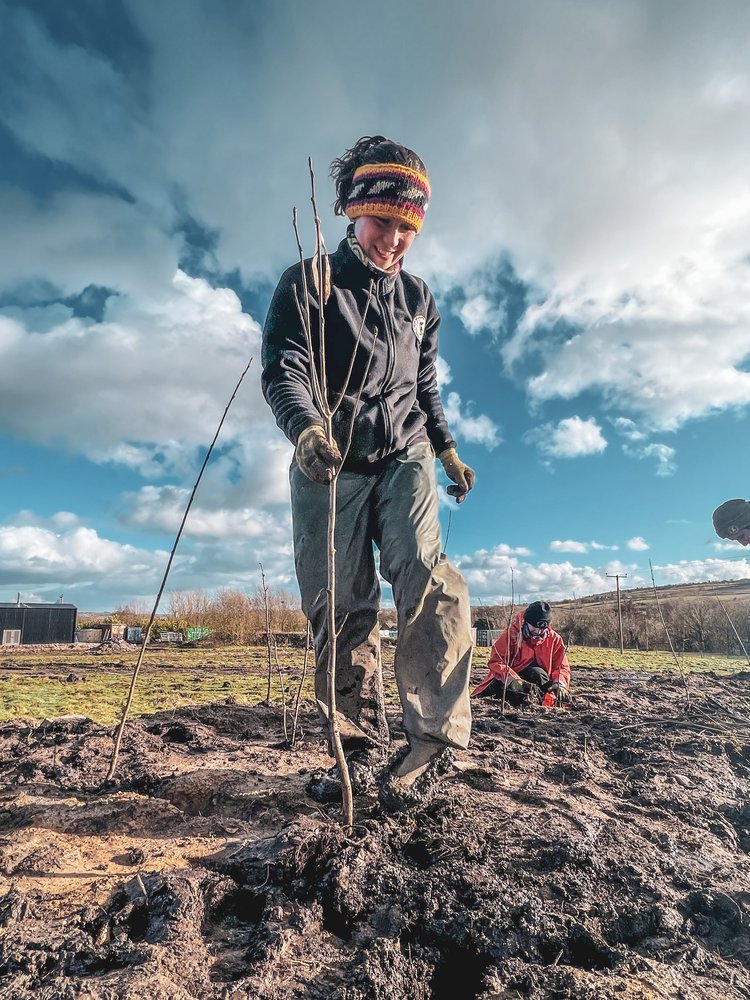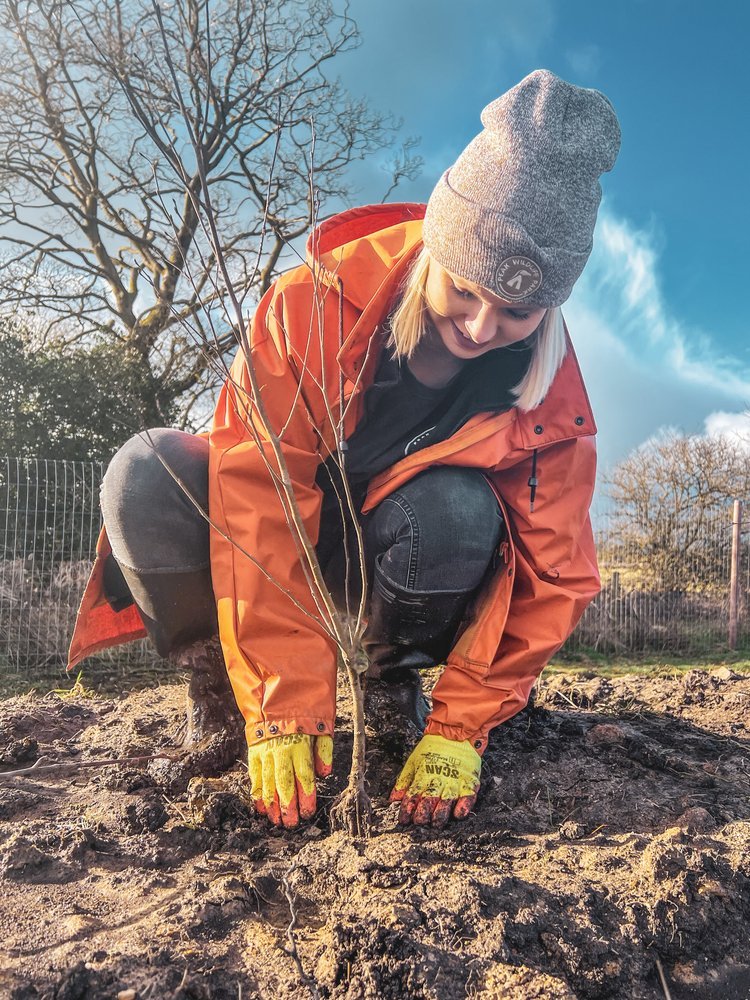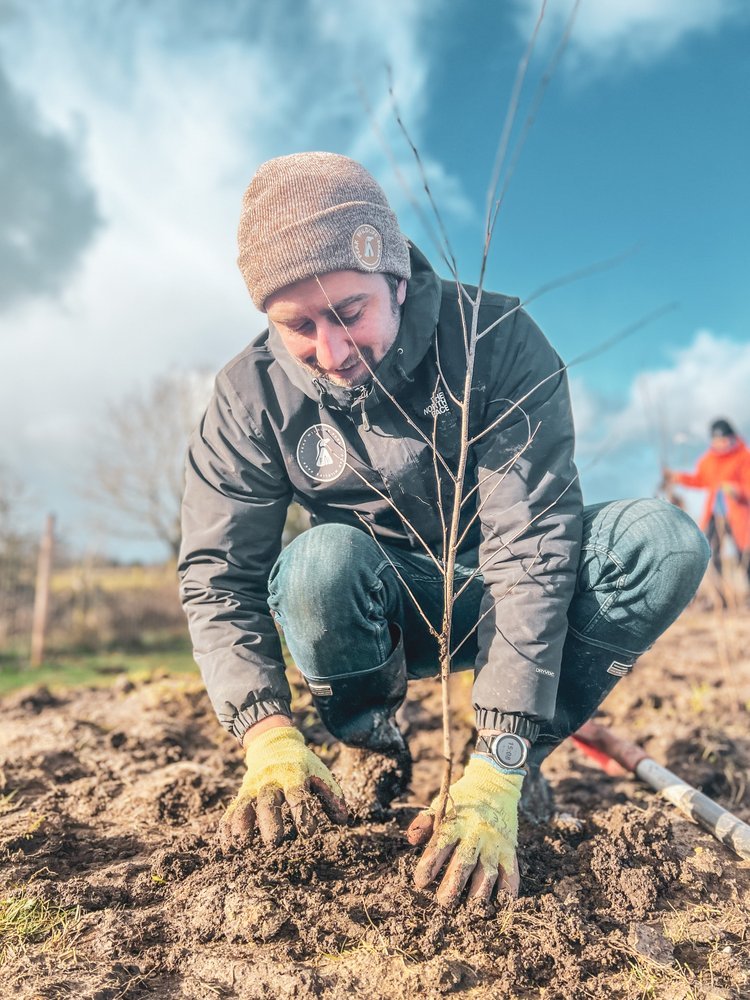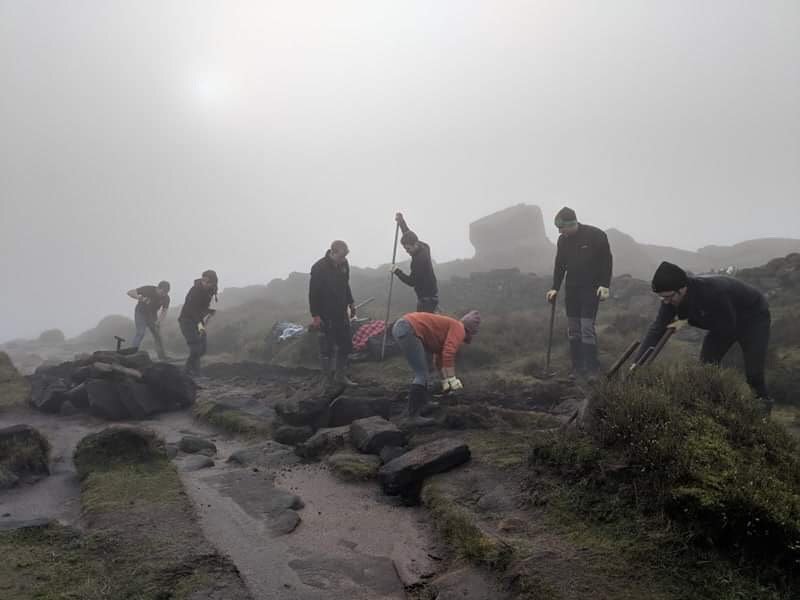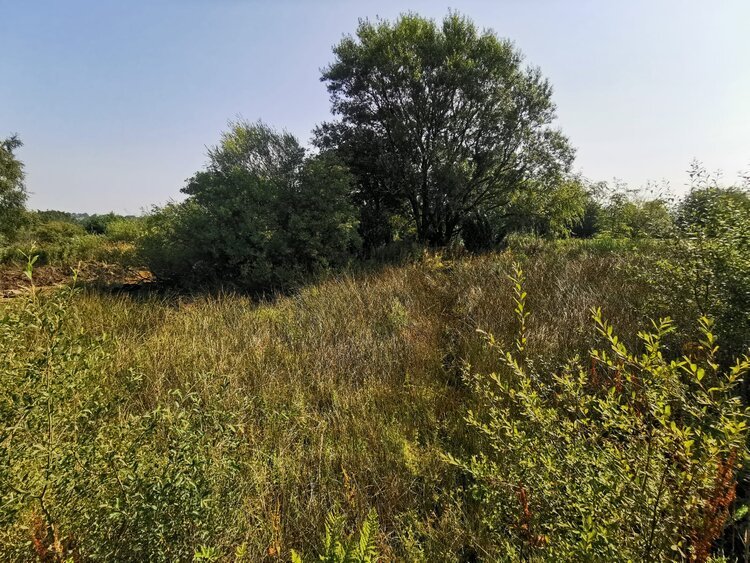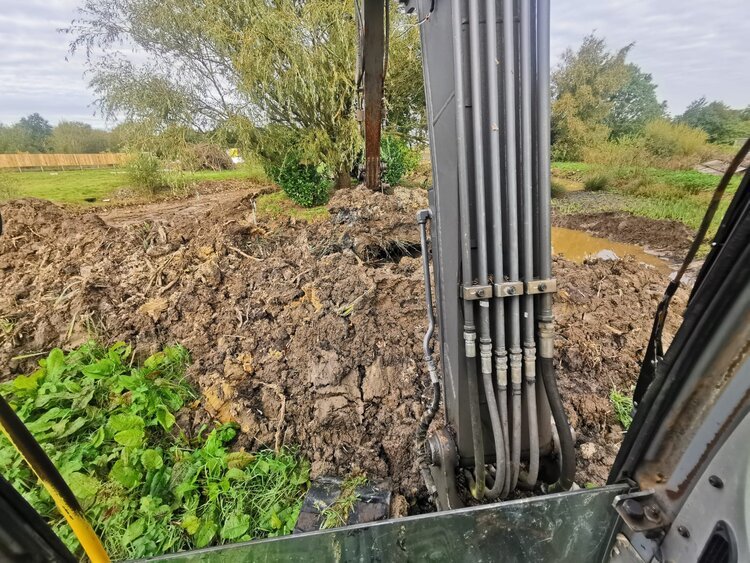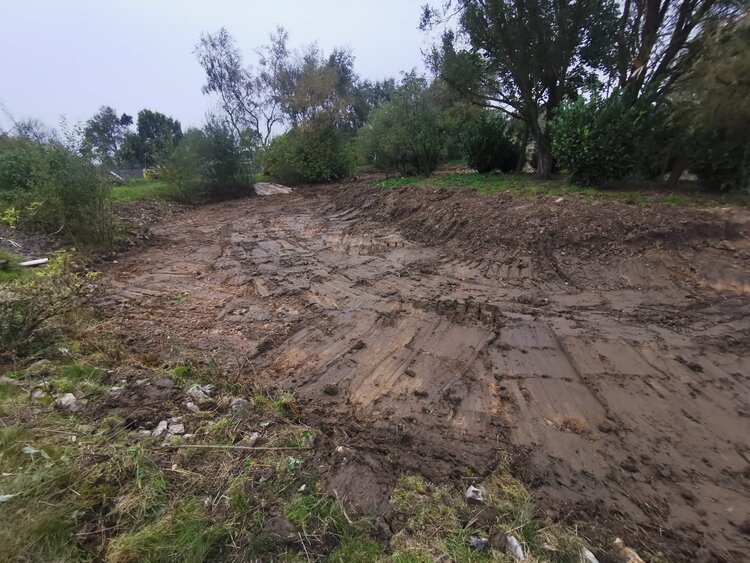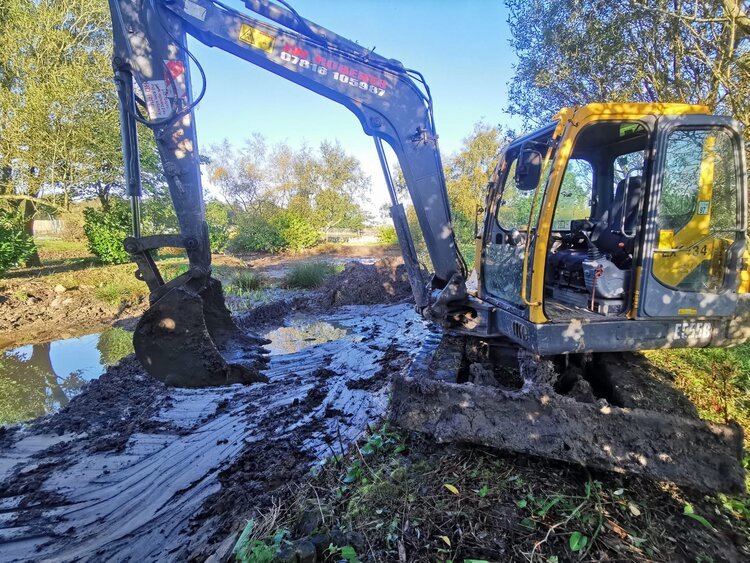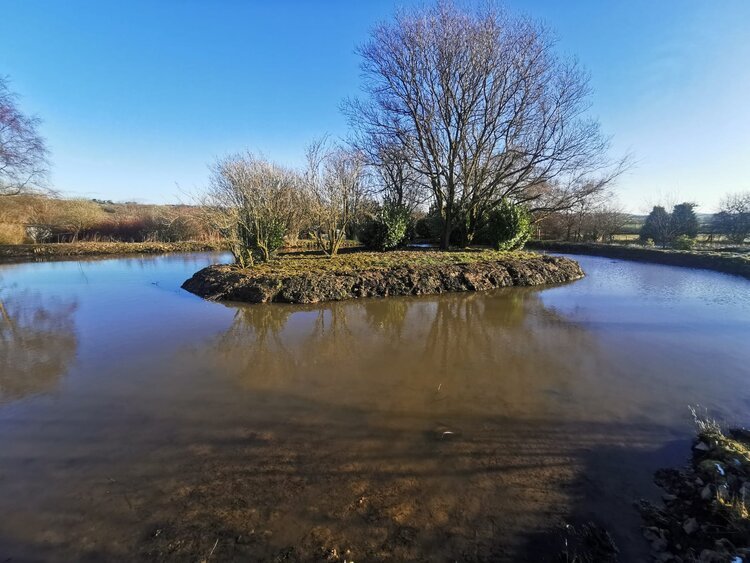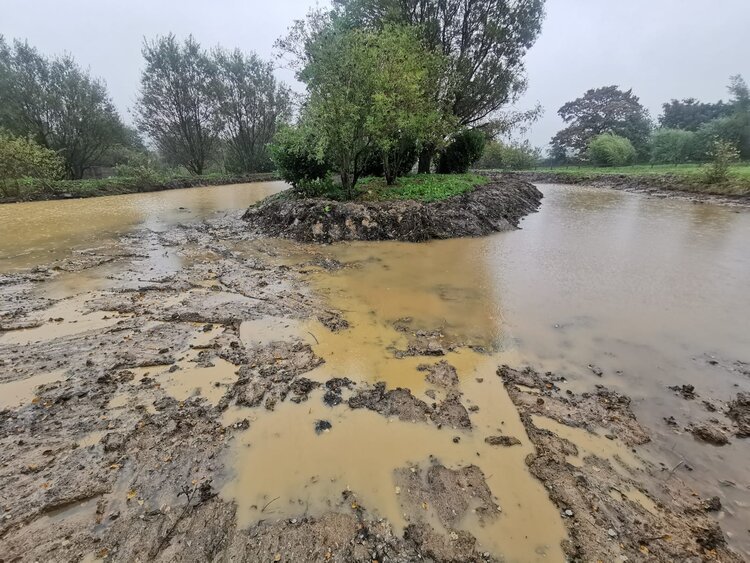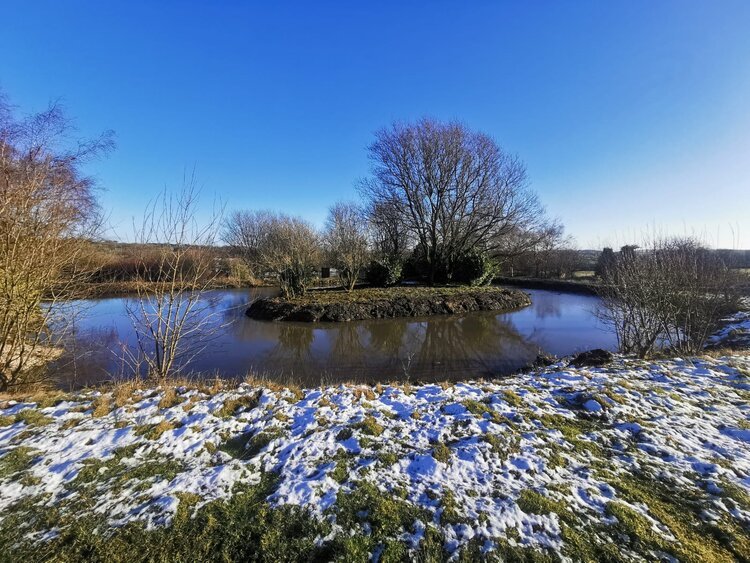CONSERVATION & WELFARE
LOCAL ACTION | GLOBAL IMPACT
At Peak Wildlife Park we are passionate about conservation; our mission is
‘to take and inspire action to secure wildlife and wild places’.
We aim to achieve this in three key ways.
We take conservation action at the park very seriously. We care for a number of species whose future might not be secure without the help of the international captive breeding programmes which we participate in. Currently these include endangered species such as the Visayan warty pig, all four of our lemur species, Humboldt penguins, maneless zebra and polar bears.
1.
We take action in the wild. We work closely with the Staffordshire Wildlife Trust, to promote conservation locally. Our team have taken part in habitat restoration at the nearby Roaches Nature Reserve, as well as raising money to safeguard the future of ground nesting birds.
2.
We inspire action. Your experiences here are crucial to our mission, by allowing visitors to share large natural habitats with endangered animals living ‘wild-lives’ here at the park, we hope to inspire our visitors to care for wildlife as much as we do.
3.
CURRENT PROJECTS
Reforestation & Hedgerow Regeneration Project
The UK has one of the lowest tree covers in Europe (at just 13%). Here at Peak Wildlife Park, we are planting over 2000 native tree species, this will help to further reduce our carbon footprint, create new habitats, connect existing habitats and boost biodiversity. Rewilding key areas and connecting them up through a mosaic of nature-rich habitats allows wildlife to travel and thrive, it can help prevent extinction, tackle climate change and improve our overall health and wellbeing.
As well as the work we carry out with the Wildlife Trust to protect the curlew, we also carry out habitat restoration projects with them around the county with the most recent being at the Roaches Nature Reserve just a few miles from the park.
Habitat Restoration
Red Squirrel Conservation & Breeding
Despite red squirrels having historically high numbers, the introduction of grey squirrels during the early 20th century greatly contributed to red squirrel decline through disease transfer and indirect competition for resources. The spread of the pathogenic squirrel pox virus by the American grey squirrel is one of the main reasons for local extinctions of red squirrels in large areas of the UK as this virus is almost always deadly to red squirrels but not to the greys.
Without conservation management, red squirrels will be extinct in England in approximately 10 years. The only certain way to sustain red squirrel populations is through the exclusion of grey squirrels. This can be achieved through different steps:
The creation of habitats favourable for only red squirrels.
Selective feeders
Lethal exclusion
Here at Peak Wildlife Park, we contribute to the conservation of red squirrels through a variety of ways:
Involvement in breeding programmes
Support of reintroduction programmes
Providing an opportunity for the public to see and learn about this species.
Funding red squirrel charities
Here at the park we are home to a colony of Humboldt penguins, this species is classed as vulnerable on the IUCN Red list and therefore in need of protection and conservation, here at the park we support a charity called Sphenisco.
Sphenisco work hands on with the Humboldt penguin populations throughout Northern Chile, Southern Chile and Peru. Their primary goals are to prevent the extinction of the Humboldt penguin through the protection and surveillance of breeding colonies, the creation of marine protected areas, and the prohibition of fishing with gill nets and dynamite. Further, they work to educate the local population to species protection and alternative methods of deriving income, such as eco-tourism.
Throughout the year we carry out events to raise money and awareness about the conservation and protection of the Humboldt penguin, we also sell penguin adoption packs with £5 of every sale going directly to Sphenisco, if you’d like to learn more about the work Sphenisco carries out in the wild please click here!
Humboldt penguin Conservation
Here at the park we feel it is important to not only to support the conservation work for the exotic species we hold but also conservation work closer to home. In 2020 which began renewal and renovation work on the parks ponds and wetland areas.
Ponds are full of life and support everything from mammals and amphibians to plants and invertebrates. In the 20th century around 50% of the UK’s ponds were lost due to human development. Therefore we aim to increase the number and renovate the ponds throughout the park to ensure both flora and fauna can inhabit and thrive within them.
So far, we have renovated two large ponds at the park and we aim to continue renovation work alongside regular surveying of the ponds.
Ponds for the future
We ensure our animals are healthy and happy by providing them with large, naturalistic spaces in which they can behave as if they were in the wild. Our lemurs can climb trees, eat leaves and interact with a variety of other lemurs from different species just as they would in Madagascar. Our penguins can dig their own nest sites, swim for fish in a choice of pools and even go for long walks in what is one of the biggest penguin habitats in the zoo world! Our shy, critically endangered Visayan warty pigs can roam amongst lush vegetation, rooting for treats exactly as they would in the islands off the coast of the Philippines where they originate from!
Our keeping staff and vet team keep a close eye on all our animals to ensure they stay healthy and receive exactly the right amounts of food; something that isn’t always guaranteed in the wild!
Our conservation policy can be found here

